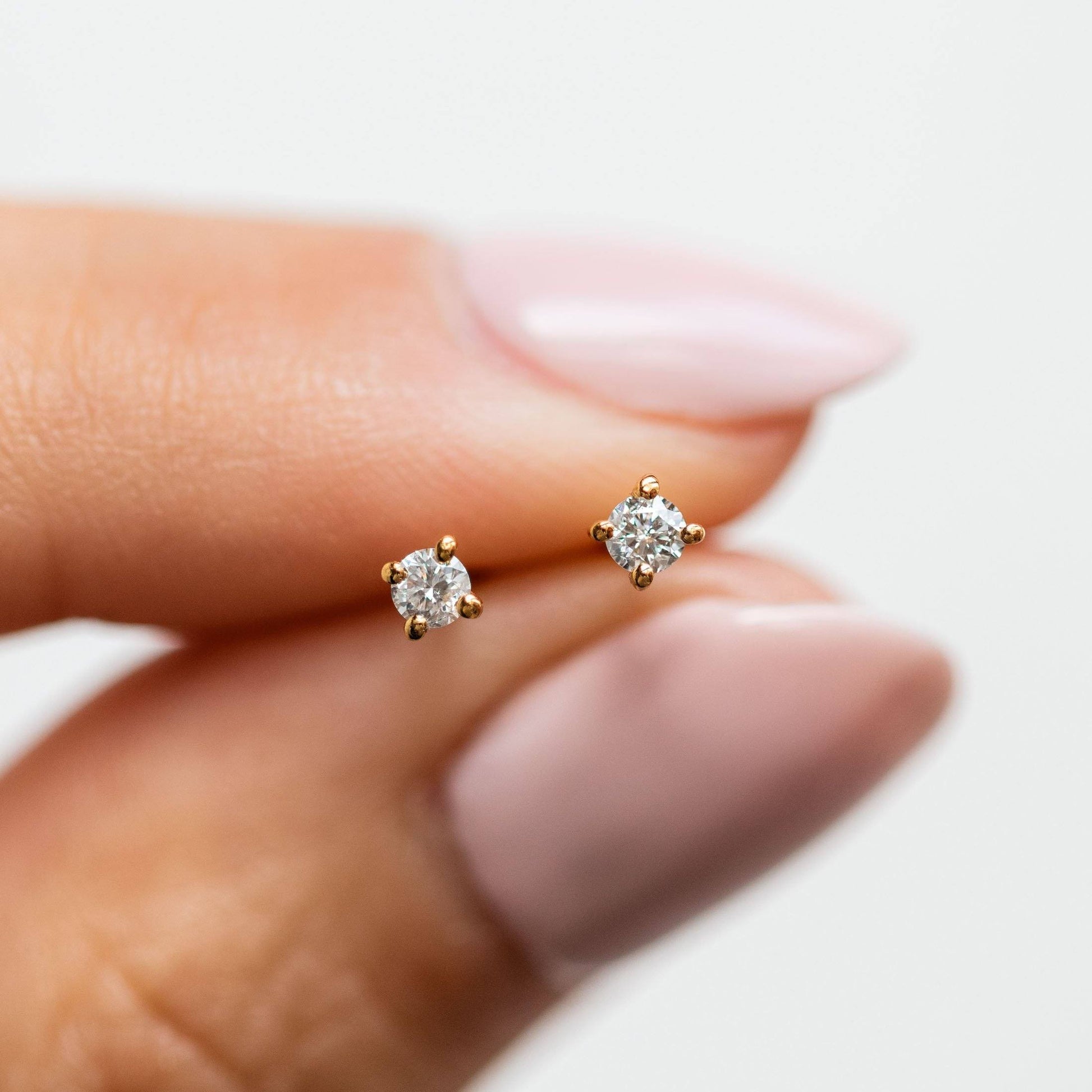Table of Contents
Introduction to Lab Diamonds
What are lab diamonds?
Lab diamonds, also known as synthetic diamonds or cultured diamonds, are grown in laboratories rather than mined from the earth. They possess the same chemical composition, physical properties, and brilliance as natural diamonds.
How are they created?
These diamonds are produced using advanced technological processes that replicate the natural conditions in which diamonds form lab diamonds and cultures, typically involving either High Pressure-High Temperature (HPHT) or Chemical Vapor Deposition (CVD) methods.
Popularity and Growth
Rising trend in jewelry markets
The popularity of lab diamonds has surged in recent years, driven by growing awareness of their origins and advantages over mined diamonds.
Consumer perceptions
Consumers increasingly perceive lab diamonds as a responsible choice due to their minimal environmental impact and ethical production methods.
Environmental Impact
Comparison with mined diamonds
Unlike mined diamonds, which require extensive earth excavation and can have significant environmental consequences, lab diamonds have a substantially lower environmental footprint.
Sustainability benefits
Lab diamonds contribute to sustainability efforts by reducing the demand for mined diamonds and minimizing the ecological disruption caused by traditional mining practices.
Cultural Significance
Historical perspectives on diamonds
Throughout history, diamonds have held symbolic significance in various cultures, representing wealth, purity, and enduring love.
Modern cultural shifts
In contemporary culture, lab diamonds are reshaping traditional perceptions by offering a sustainable alternative without compromising on beauty or quality.
Economic Considerations
Cost differences between lab and mined diamonds
Lab diamonds are typically more affordable than their mined counterparts, making luxury and elegance accessible to a broader demographic.
Market dynamics
The jewelry industry has responded to consumer demand by integrating lab diamonds into their offerings, expanding the market for sustainable jewelry alternatives.
Ethical Issues
Human rights concerns in diamond mining
Traditional diamond mining has been associated with human rights abuses and labor exploitation in some regions, prompting ethical concerns among consumers.
Ethical sourcing awareness
Lab diamonds provide consumers with a transparent and ethically sound choice, aligning with global efforts to promote responsible business practices.
Technological Advancements
Innovations in diamond synthesis
Advancements in technology have enhanced the quality and production efficiency of lab diamonds, ensuring they meet rigorous industry standards for brilliance and durability.
Quality and certification standards
Lab diamonds are rigorously tested and certified to assure consumers of their quality and authenticity, fostering trust in the marketplace.
Perceived Value and Quality
Public perception of lab vs. mined diamonds
There is a growing recognition that lab diamonds offer comparable quality and value to mined diamonds, debunking myths about their inferiority.
Quality assurance
Industry standards ensure that lab diamonds undergo strict quality control measures, guaranteeing consistency in brilliance and clarity.
Fashion and Jewelry Industry Impact
Designer trends and preferences
Renowned jewelry designers and brands are increasingly incorporating lab diamonds into their collections, reflecting shifting consumer preferences towards sustainability.
Market integration
Lab diamonds have seamlessly integrated into the luxury market, offering consumers a wide range of designs and styles to choose from.
Psychological Impact
Emotional attachment to diamonds
Diamonds evoke strong emotional connections, symbolizing milestones such as engagements, weddings, and anniversaries.
Perception of authenticity
Consumers value the authenticity and symbolism of diamonds, whether natural or lab-grown, as markers of significant life moments.
Conclusion
In conclusion, lab diamonds represent a transformative shift in the jewelry industry, offering consumers a sustainable and ethically responsible alternative to mined diamonds. As global awareness of environmental issues and ethical sourcing practices continues to rise, lab diamonds are poised to play an increasingly significant role in shaping cultural norms and consumer preferences worldwide. By choosing lab diamonds, consumers not only acquire a beautiful and enduring symbol of love and commitment but also contribute to positive social and environmental change on a global scale.




